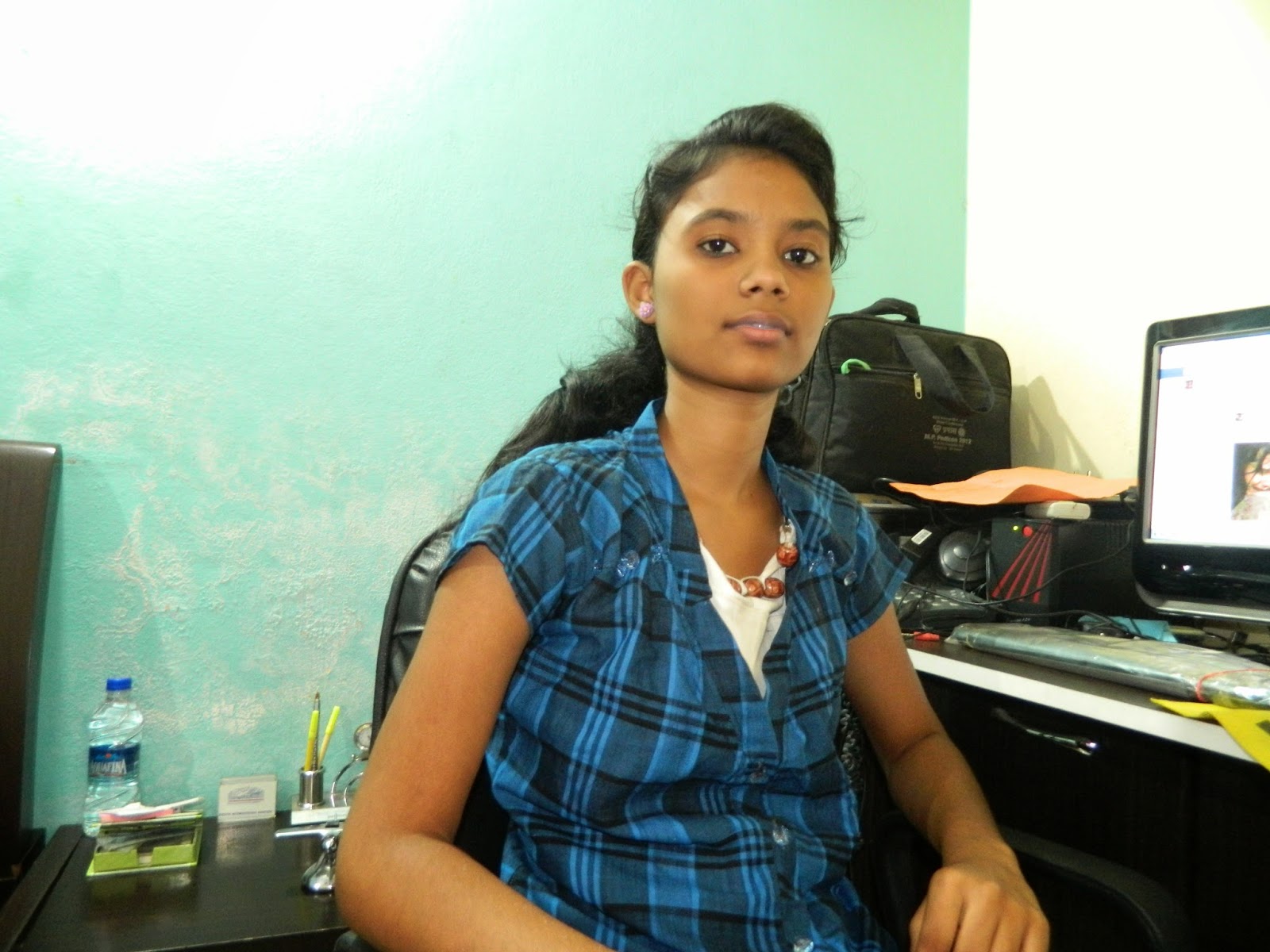FASHION EDITORIAL MODELING - Vogue, Elle, Glamour, Cosmo, etc. - these and many other magazines today that focus on fashion have lots of editorial pages they must fill each month. Many of these editorial pages feature models wearing what the magazine thinks will be the next trend in fashion. Editorial work does not pay as well as other types of high fashion modeling but it is great for building a model's reputation and getting tear sheets for one's portfolio. Also, because fashion magazines are not as constrained as advertising work, they can use more 'extreme' and 'special beauty' models in their pages.
FASHION RUNWAY MODELING - Clothing designers traditionally show their new collections twice a year (Fall and Spring) to perspective (store) buyers. (buyers is a key word here, if some one is putting on a fashion show without buyer then it is entertainment) As an example, the New York Ready Wear shows just finished with 110 designers presenting collections for Fall 2000 (post 9/11 the number of designers has fallen 30%, note 2010 slow economy has not been kind to the fashion industry). Designers present these collections to a gathering of buyers by sending models down a walkway or runway. How well a model brings the clothes to life and shows important features of the garments can determine how well they sell. So it is worth it to a designer to have the most ideal models show these collections. This leads to why models have to meet very strict requirements and why they get such high fees for this type of work (modeling agencies have also forced up fees). These young models tend to be very tall, slender and move very well in clothes.
FASHION CATALOG MODELING - There are a lot of clothing catalogs produced. (I know because my significant other gets most of them and tries to keep them all in business by constantly buying from them.) These catalogs, whether business-to-business, store, or direct marketing, require models to pose in the clothes they are trying to sell. Generally, catalog models are picked for a project because they represent the ideal of the market segment for which that catalog is targeted. Often times this is the classic beauty - tall, slender, healthy, and beautiful. The marketing idea is for transference, i.e. if you buy these clothes you will look as nice as the person pictured in the catalog. Catalog modeling usually pays well because of the volume of photos that must be taken. When I was sharing space with a couple of photographers who shot for a department store chain they could be shooting for weeks with models to produce at catalog.
FASHION PRINT MODELING - This is fashion and beauty for print advertising. It can be display ads or collateral print materials. This is the most demanding work to get but pays the best because of usage and exclusives (this is where models make millions). These are the ads that can make or break a designer's reputation. With these ads it is very important that the concept, photo, and model work perfectly to convey the 'image' that is wanted.
FASHION SHOW ROOM MODELING - Modeling for buyers in the designer's show room. This is lower pay but very regular work, it could even be a full time job. Only happens where there are designer show rooms.
FASHION LINGERIE MODELING - Because this type of modeling may be more revealing it requires very good body tone and proportions.
FASHION BATHING SUIT MODELING - Again, more revealing requires excellent body tone and a healthy look. A number of years ago (like 30, boy am I getting old) we had Jantzen and White Stag here in Portland. Back then I was a competitive swimmer and they would come around the pool and hire models from the swim team - in this case the models were very fit.
FASHION FITNESS MODELING - As health and fitness has moved more into the public consciousness a greater demand has grown in this type of modeling. Of course being in the city with the corporate headquarters for Nike, Adidas, and Columbia Sportswear makes it very noticeable here. Where once everyone exercised in baggy gray sweats, fitness attire continues to evolve and become more everyday wear. Add to this all of the fitness, health, and outdoor lifestyle magazines that are on the newsstands and you have a fast growing category for modeling.
FASHION FIT MODELING - Fit models have the perfect proportions for a given clothing size. Garment manufactures and designers hire fit models to use to piece together new creations, see how they move, and develop their patterns. The key for a fit model is to never gain or loose an inch. A clothing manufacturer may hire a fit model as a permanent salary position. It is one type of legitimate modeling that you can see advertised in the classified section of the newspaper. I used to see ads for fit models in our local newspaper for Jantzen and Pendleton, but no more.
FASHION TEAROOM MODELING - This once was very popular (the '80s) in smaller markets. Usually it would be at ladies' luncheons where models would wander between tables wearing designer clothes from local fashion boutiques. The models would describe the outfit they wore and where to buy it. Not big bucks, but a place to start and gain confidence in a small market.
Contact Details :
Send Your Resume to surbhi@aerosoft.in
Or Call +91-96912 57331[ 1100 - 1400 Mon - Fri only ]
For more Job Information , visit : http://www.aerosoft.co.in/ts/
Please send the details in following format -
English proficiency : Poor __, average __, Good __
Name :
Father's name :
Contact number 1 :
Contact number 2 :
E mail ID 1 :
E mail ID 2 :
E mail ID 3 :
Date of birth:
Age:
Qualification:
Previous employer (with city):
Home Town:
Current Location:



























































